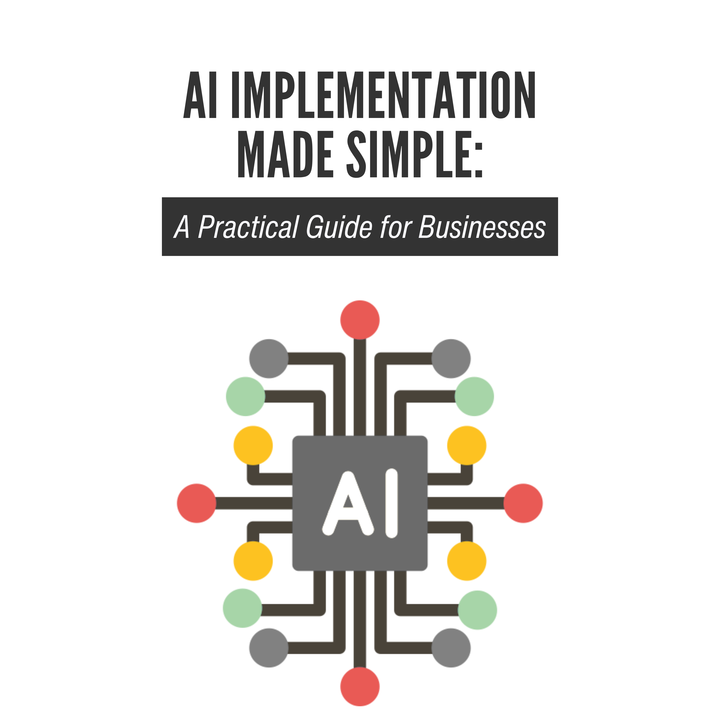In today’s data-driven world, making informed decisions is paramount. To achieve this, organizations rely on the power of reporting and dashboards. These tools transform raw data into actionable insights, allowing businesses to monitor performance, identify trends, and drive strategic outcomes. In this blog post, we’ll delve into the world of reporting and dashboards, exploring their importance, benefits, and how they empower decision-makers.

Understanding Reporting and Dashboards
Before we dive deeper, let’s clarify what reporting and dashboards entail:
- Reporting: Reporting involves the process of collecting, organizing, and presenting data in a structured format. Reports are typically static documents that offer insights into the past performance, trends, and key metrics. They help stakeholders understand historical data and make informed decisions.
- Dashboards: Dashboards, on the other hand, are dynamic, real-time interfaces that provide a visual representation of data. They offer at-a-glance insights into current performance and allow users to interact with the data, drilling down to explore specific details or metrics. Dashboards are often customizable and user centric.
The Importance of Reporting and Dashboards
Reporting and Dashboards serve as essential tools for organizations across various industries. Here’s why they are indispensable:
Data Centralization
Reporting and dashboards centralize data from multiple sources into one location. This consolation streamlines data management and eliminates the need to sift through disparate databases or spreadsheets.
Real-Time Insights
Dashboards offer real-time updates, providing a current snapshot of key performance indicators (KPIs). This enables swift responses to changing conditions and opportunities.
Informed Decision-Making
Reports and dashboards transform raw data into digestible information. Decision-makers can quickly grasp the situation, make data-driven decisions, and adjust strategies as needed. Results with dashboards can be much more deliberate, giving businesses the ability to know where to spend and what to expect from investments.
Performance Monitoring
These tools allow organizations to track performance against targets and goals. They identify areas that require improvement and highlight successes.
Trend Analysis
By examining historical data, reports and dashboards uncover trends and patterns that can inform long-term strategies and forecasting.
Enhanced Transparency
Automation of reporting processes reduces manual data entry and minimizes errors. This efficiency frees up time for employees to focus on more strategic tasks. For some businesses, dashboard software can save at least 15% more company time every week.
Building Effective Reports and Dashboards
Creating impactful reports and dashboard involves several key considerations:
- Define Objectives: Understand the specific goals and objectives the reports or dashboards aim to achieve.
- Choose the Right Metrics: Select the most relevant KPIs and metrics to monitor. Avoid information overload by focusing on what truly matters.
- Design with Users in Mind: Ensure that the layout, visuals, and interactivity of dashboards cater to the needs and preferences of the intended audience.
- Data Accuracy: Maintain data accuracy and integrity to instill trust in the reports and dashboards.
- Regular Updates: Keep reports and dashboards up to date, ensuring that the information remains relevant and actionable.
- Training and User Support: Provide training and support to users to help them navigate and extract value from these tools effectively.
Conclusion
Reporting and dashboards are compasses that guide organizations through the vast sea of data. They empower decision-makers with actionable insights, enable real-time monitoring, and foster a data-driven culture. By harnessing the power of reporting and dashboards, businesses can stay agile, adapt to changing environments, and chart a course toward success in today’s data-centric world.
1. Databox
RELATED Articles
Some companies move ahead while others fall behind, and the difference is
With 2025 nearly behind us, it’s time to look back at the
AI has the power to transform businesses, cutting costs, improving decision-making, and
Artificial intelligence is widely discussed, but many businesses are still figuring out
When people think about design, they often picture sleek layouts, beautiful colors,
Technology teams today face a tough balancing act. On one side, there’s






